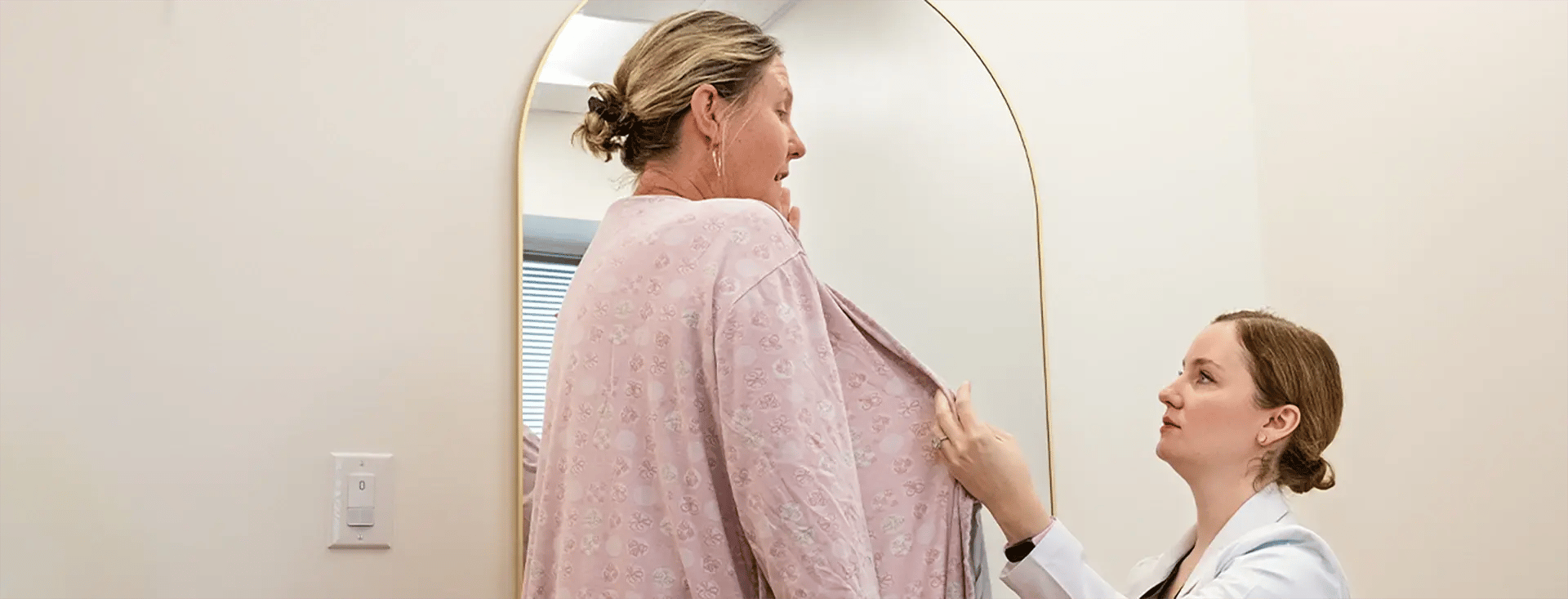
DIEP Flap Breast Reconstruction
What is DIEP Flap Surgery?
DIEP flap breast reconstruction uses a woman’s own skin and fat—usually from the lower abdomen—to create a soft, natural-looking breast after mastectomy. Unlike older methods, this procedure leaves the abdominal muscles completely intact, which can support a smoother recovery and better long-term strength.
DIEP flap is an implant-free option that uses advanced microsurgery to reconnect tiny blood vessels, allowing the transferred tissue to thrive in its new location.
Key Information
Understanding Your Options
Standard DIEP Flap
High Definition DIEP® Flap
What to Expect During Surgery
DIEP flap breast reconstruction typically takes 4 to 6 hours, depending on whether one or both breasts are being reconstructed and if you're also having a mastectomy. During the procedure, your surgeon will remove a section of skin and fat from your lower abdomen—without taking any muscle—to create the new breast(s). Using microsurgical techniques, they will carefully reconnect tiny blood vessels from the abdominal tissue to those in the chest, ensuring healthy blood flow in the new breast mound.
For patients choosing High Def DIEP®, your surgeon will take additional steps to enhance breast shape, contour, and symmetry—especially along the cleavage area—for a more natural-looking result.
Once the reconstruction is complete, your abdominal incision will be closed in a way that also tightens the area, much like a tummy tuck. Surgical drains will be placed at the chest and abdomen to help manage fluid during early healing.
After surgery, you’ll wake up in a private recovery room where nurses closely monitor your new breast tissue and overall vitals. A small Doppler ultrasound device may be used to check blood flow in the flap. Pain is managed using Enhanced Recovery After Surgery (ERAS) protocols, and most patients are up and walking—with help—the same day or by the next morning.
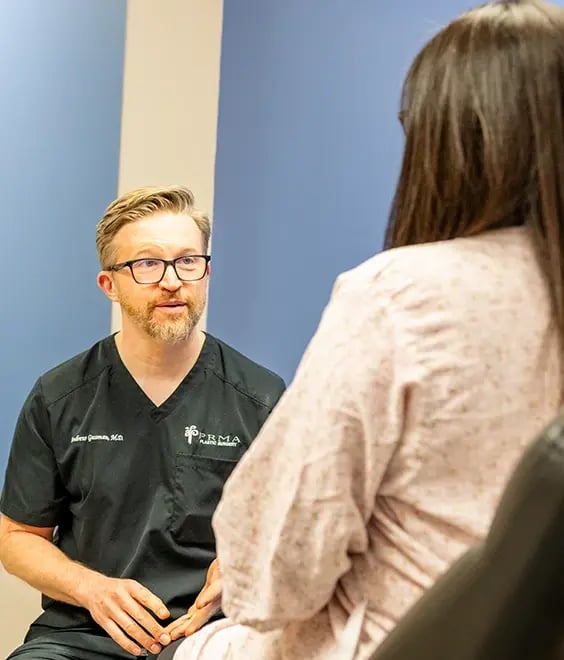
Before & After
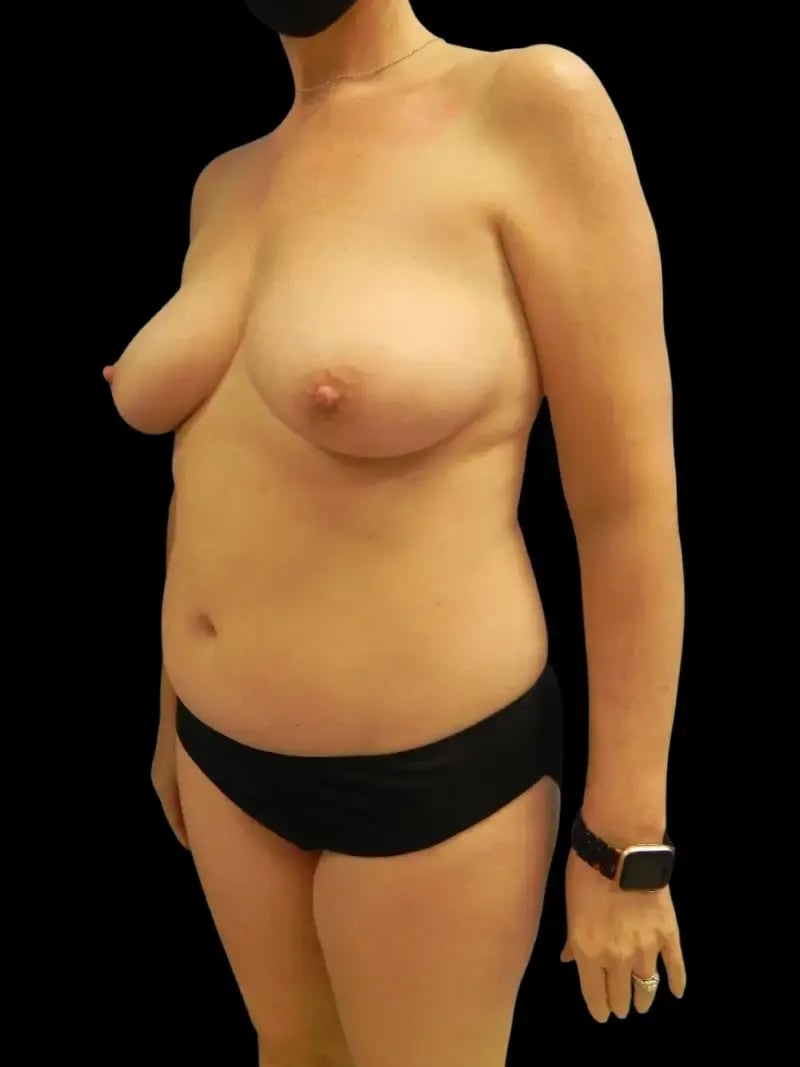







Recovery Timeline
-
Week 1:Most patients stay in the hospital for 2–3 days after surgery. You'll begin walking with assistance and managing drains and incision care. Mild swelling and fatigue are common, but pain is controlled with ERAS protocols. You’ll be encouraged to rest, hydrate, and limit activity to gentle walking around your home.
-
Week 2:By now, you’re likely feeling more mobile. Drains may be removed, and you'll begin transitioning off prescription pain meds. Many patients can manage light household tasks and shower independently. You’ll continue wearing your surgical bra and compression garment, and follow-up visits help monitor healing.
-
Week 3:Energy improves, and most patients start driving short distances again—if no longer on narcotics. Many return to desk jobs with modified duties. Bruising and swelling continue to subside. Nerve regeneration may begin, which can feel like tingling, itching, or sensitivity in the chest area.
-
Week 4-5:Walking longer distances is encouraged. Surgical scars begin to fade, and swelling is significantly reduced. Patients pursuing sensation restoration with TruSense® may start noticing early sensory responses.
-
Week 6:You should be ready to return to work (if not physically demanding). You can also continue to increase your activity based on your comfort level and surgeon’s recommendations.
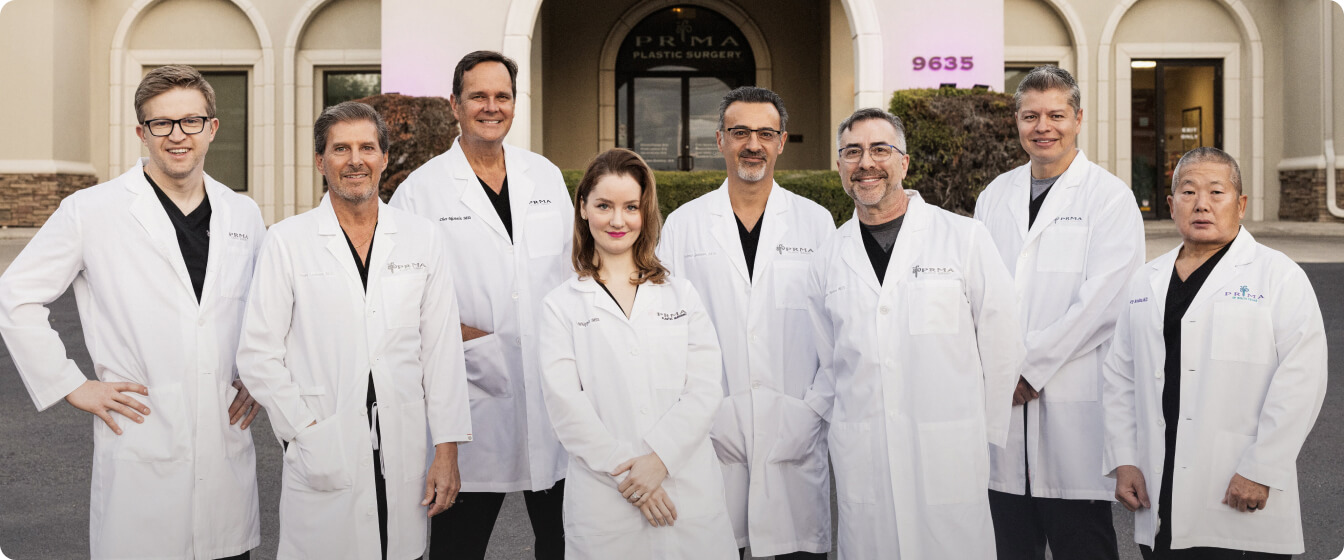

The Nation’s Destination for
Sensation Restoration
Am I a Candidate for DIEP Flap?
Ideal candidates typically meet the following criteria:
- Have enough tissue in the lower abdomen to recreate the breast
- Prefer to avoid or remove implants
- Are seeking natural results that look and feel like their own body
- Are in good general health and able to tolerate a longer surgery
- May have had complications with previous reconstructions or implants
- Are interested in restoring breast sensation through nerve reconstruction (if eligible)
- Are not currently smokers (or are willing to quit prior to surgery)
- Do not have medical conditions that impair healing (e.g., uncontrolled diabetes)
Find Your Surgeon
Will Insurance Cover DIEP Flap?
By federal law, insurance companies are required to cover breast reconstruction after mastectomy, including DIEP flap procedures. At PRMA, we’re in-network with most major insurance providers and do not balance bill, making high-quality reconstruction accessible and affordable for patients nationwide. Our billing team will work with you directly to verify coverage and explain any out-of-pocket costs, so you can focus on healing—not paperwork.
For more information, visit [Insurance FAQs] in the patient resource center.
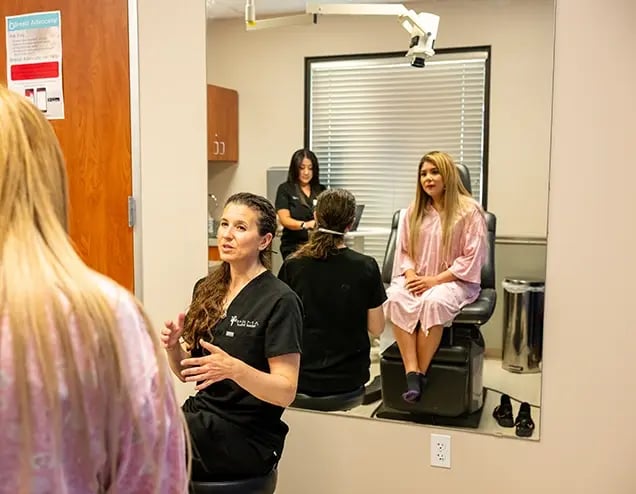
Preparing for Surgery
Whether you live in Texas or are traveling from across the country—or even internationally—our team helps coordinate every detail, from travel and lodging to pre-op planning. We’re here to make your experience as smooth and stress-free as possible.
Learn more about:




